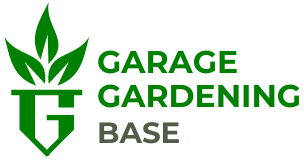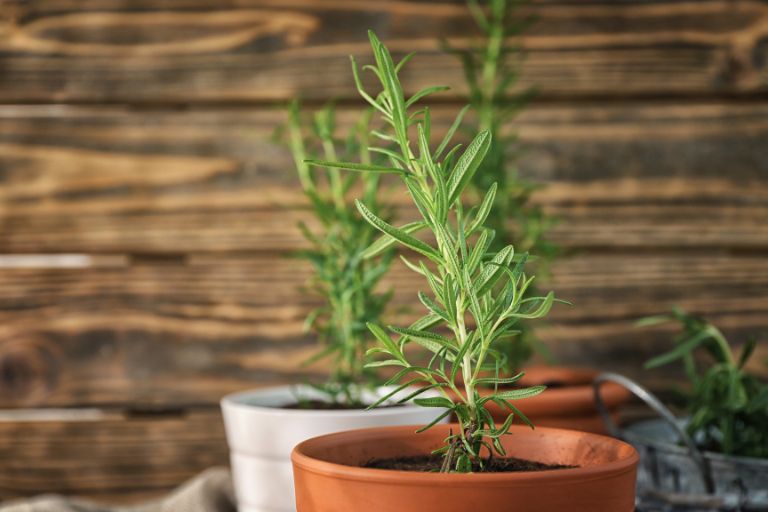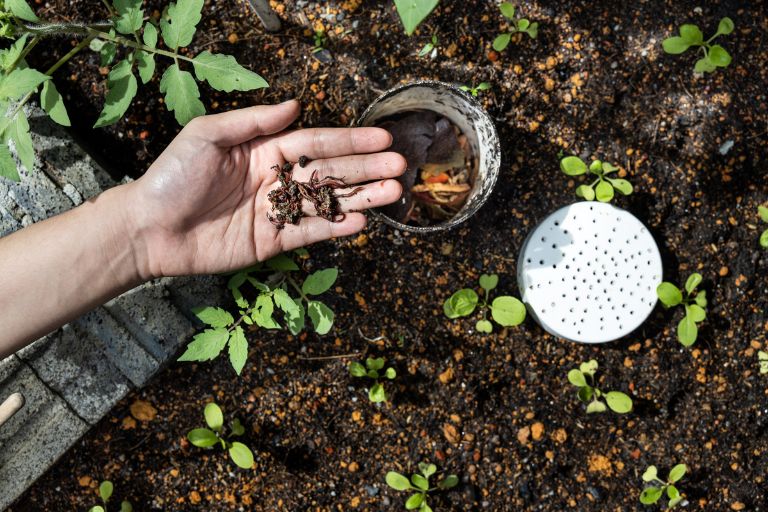Vertical Elegance: A Step-by-Step Guide to Crafting a Trellis in Your Garage
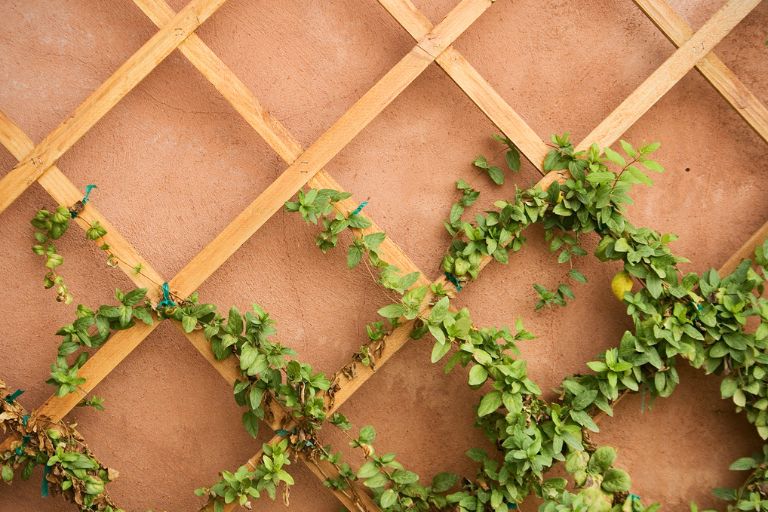
Building a trellis in the garage is a great DIY project for homeowners who want to add an attractive and functional feature to their garden or home. A trellis is a structure made of wood, metal or other materials that is used to support climbing plants, create privacy screens or add architectural interest to outdoor spaces. Building a trellis in your garage allows you to customise the design to suit your space and style, while having the convenience of working indoors with all the necessary tools and materials at hand. Trellises come in a variety of shapes and sizes, from simple rectangular structures to more elaborate designs with curves and decorative elements. Whether you’re an experienced woodworker or a beginner, building a garage trellis can be a fun and rewarding project that adds value and beauty to your home.
In gardening, trellises are used to support climbing plants such as vines, peas, beans and tomatoes. By providing a vertical structure for plants to climb, trellises help to maximise garden space and promote healthy plant growth. They also make harvesting and pruning easier by lifting the plants off the ground.
In the home, trellises can be used to add visual interest to outdoor spaces such as patios, balconies and gardens. They can be adapted to suit any style, from modern and minimalist to rustic and traditional. In addition, trellises can be used to create privacy screens, adding a sense of seclusion and intimacy to outdoor living spaces.
Choosing the Right Trellis
There are several types of trellis to choose from, each with its own unique benefits. Some of the more popular types include:
Wall-mounted trellis – As the name suggests, these trellises are mounted on a wall or fence. They are ideal for small spaces as they take up very little floor space. Wall-mounted trellises come in a variety of shapes and sizes and can be used to support climbing plants, create privacy screens or add visual interest to a plain wall.
Obelisk trellises – These trellises are tall, narrow structures with a pointed top, resembling an obelisk. They are ideal for supporting climbing plants such as roses or clematis and can add a focal point to a garden or patio.
Arbor Trellis – These trellises are larger structures, typically with a flat or arched top. They are perfect for creating a dramatic entrance to a garden or patio, or for providing a shaded seating area. Arbor trellises can be used to support climbing plants such as vines or wisteria.
Freestanding trellises – These trellises are not attached to a wall or structure, but are free-standing structures that can be placed anywhere in a garden or patio. They come in a variety of shapes and sizes and can be used to create privacy, support climbing plants or add visual interest to a plain area.
When choosing a trellis, consider the space available and the purpose of the trellis. Wall-mounted trellises are great for small spaces, while freestanding trellises can be used to create a focal point in a larger area. Obelisk and arbor trellises are ideal for supporting climbing plants and adding visual interest. Also, consider the style of trellis and how it fits into the overall design of your outdoor space.
Materials and Tools
Here is a comprehensive list of materials and tools you will need to build a trellis in your garage:
Materials – Wood boards or poles (depending on your design), wood screws, metal brackets, wood glue & wood stain or paint (optional).
Tools – Circular saw or handsaw, power drill, drill bits, screwdriver bit, tape measure, carpenter’s square, pencil or marker, sandpaper, clamps, safety glasses & gloves.
Optional tools – Router & jigsaw
Depending on your design, you may need additional materials and tools. For example, if you are building an arbor trellis, you may need additional wooden beams or posts for support. It’s always a good idea to plan your design and make a list of the materials and tools you’ll need before you start.
Step by Step Instructions
Here are detailed instructions for making a basic trellis:
Materials – 2×4 lumber (8 feet long), 2 inch wood screws, twine or wire, Staple gun or nails.
Tools – Drill, saw, tape measure, level and square.
Step 1 – Measure and Cut the Lumber
Use a saw to cut two pieces of 2 x 4 wood to a length of 6 feet. These will be the vertical posts of the trellis. Then cut two more pieces of 2×4 to a length of 2 feet. These will be the horizontal posts for the trellis.
Step 2 – Assemble the Frame
Place one of the 6ft vertical posts on the ground and align the end of one of the 2ft horizontal supports with the top of the post. Use a drill and wood screws to secure the horizontal support to the vertical post. Repeat this step with the second 6ft post and the other 2ft horizontal leg.
Step 3 – Add Cross Supports
Cut three pieces of 2 x 4 wood to a length of 4 feet. These will be the cross supports for the trellis. Place them evenly between the two vertical posts and secure them with wood screws.
Step 4 – Install Twine or Wire
Use a staple gun or nails to attach twine or wire to the cross braces. Start at the bottom and work your way up, spacing the twine or wire evenly. You can also use twine or wire to create a crisscross pattern for extra support.
Step 5 – Install in Your Garden
When the trellis is complete, move it into your garden and position it where you want it. Use a spirit level to make sure it is straight and stable. Finally, secure the bottom of the trellis to the ground with stakes or by burying the bottom of the posts in the ground.
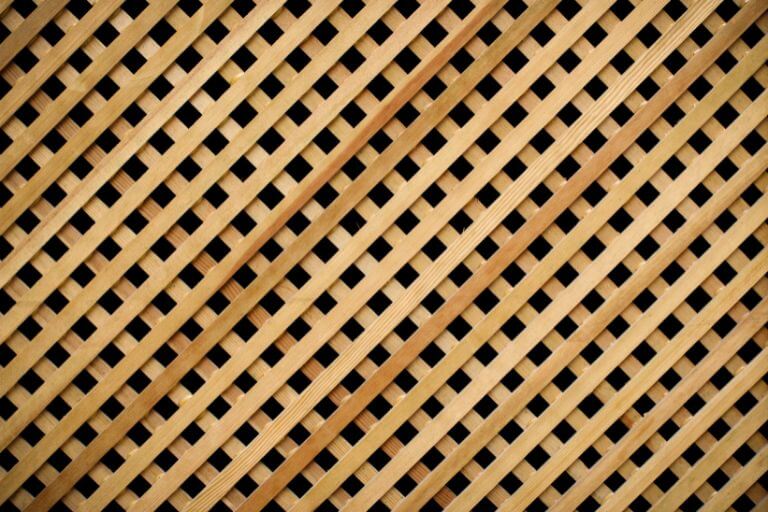
Customisation
Below are some tips on how to customise the trellis to suit your needs and preferences:
Choose the right type of wood – The basic trellis design outlined above can be made from any type of wood, but some types are more durable and weather resistant than others. Cedar, redwood and pressure-treated pine are popular choices for outdoor use.
Vary the size – The size of your trellis can be adjusted to suit the needs of your garden. If you have a small garden, a narrow trellis may be the best option, while a larger garden may benefit from a wider trellis.
Add decorative elements – Customise your trellis by adding decorative elements such as finials or latticework. These can be purchased at most hardware stores and attached to the basic trellis frame with screws or nails.
Use different materials for the cross supports – Instead of using 2x4s for the cross supports, consider using other materials such as bamboo, copper pipe or PVC pipe. This can give your trellis a unique look and also provide more support for your plants.
Painting or staining the trellis – If you want to add some colour or protection to your trellis, consider painting or staining it. Be sure to choose a paint or stain that is suitable for outdoor use and will not harm your plants.
Install multiple trellises – If you have a large garden or multiple climbing plants, consider installing multiple trellises. These can be placed next to each other or in different parts of your garden.
Remember, the most important factor in customising your trellis is to make sure it suits your needs and preferences. Whether you want a simple design or a more elaborate one, the key is to have fun and enjoy the process of building and customising your trellis.
Maintenance and Care
Maintaining and caring for your trellis is important to ensure its longevity and effectiveness in supporting your climbing plants. Some best practices for maintaining and caring for your trellis include:
Check regularly for damage – Inspect your trellis regularly for damage such as cracks or splits in the wood, loose screws or nails, or rusted wires. Repair any damage as soon as possible to prevent it from getting worse.
Keep the trellis clean – Dirt and debris can build up on your trellis over time, attracting pests and causing rot. Clean your trellis regularly with a soft-bristled brush or sponge and mild soap and water to remove dirt and debris.
Stain or paint the trellis – If you haven’t already done so, consider staining or painting your trellis to protect it from the elements. Be sure to choose a product that’s formulated for outdoor use and won’t harm your plants.
Use rustproof hardware – If your trellis has wire or metal components, use rustproof hardware to prevent corrosion and extend the life of the trellis.
Trim climbing plants – Trim your climbers regularly to prevent them from becoming too heavy and damaging the trellis. Also trim any dead or diseased branches to prevent the spread of disease.
Secure the trellis – Make sure your trellis is securely anchored to the ground to prevent it from falling or being blown over by strong winds. Use stakes or bury the bottom of the posts in the ground for extra stability.
Store the trellis properly – If you live in an area with harsh winters or extreme weather conditions, consider storing your trellis indoors during the off-season. Make sure it is thoroughly cleaned and dried before storing to prevent mould and mildew.
Follow these best practices for maintaining and caring for your trellis and you can ensure that it will support your climbing plants for many years to come.
Ideas For Your Trellis
Ideas for using your trellis in your garage garden include:
Support for climbing plants – The main purpose of a trellis is to support climbing plants such as tomatoes, cucumbers and ivy.
Creating a focal point – A trellis can also serve as a decorative feature in your garden or home. Paint or stain it in a bold colour, add ornaments and place it in a prominent location to create a focal point.
Dividing spaces – A trellis can be used to divide outdoor spaces such as a patio or garden, creating separate areas for different activities or a sense of privacy.
Add height and depth – A trellis can add height and depth to your garden, especially if you have limited space. You can use it to create a vertical garden or to add interest to a plain wall or fence.
Indoor decoration – A trellis can also be used for indoor decoration. Hang it on a wall and use it as a display for hanging plants, photos or other decorative items.
Building a trellis in your garage can be a fun and rewarding DIY project that provides support for your climbing plants and adds visual interest to your garden or home decor. By following the step-by-step instructions and tips in this article, you can customise your trellis to suit your needs and preferences, and ensure its longevity by following best practices for maintenance and care. Whether you’re an experienced do-it-yourselfer or a beginner, building a trellis is a project that anyone can do with a little patience and effort. So why not get started today and create a beautiful and functional trellis for your garden or home.
